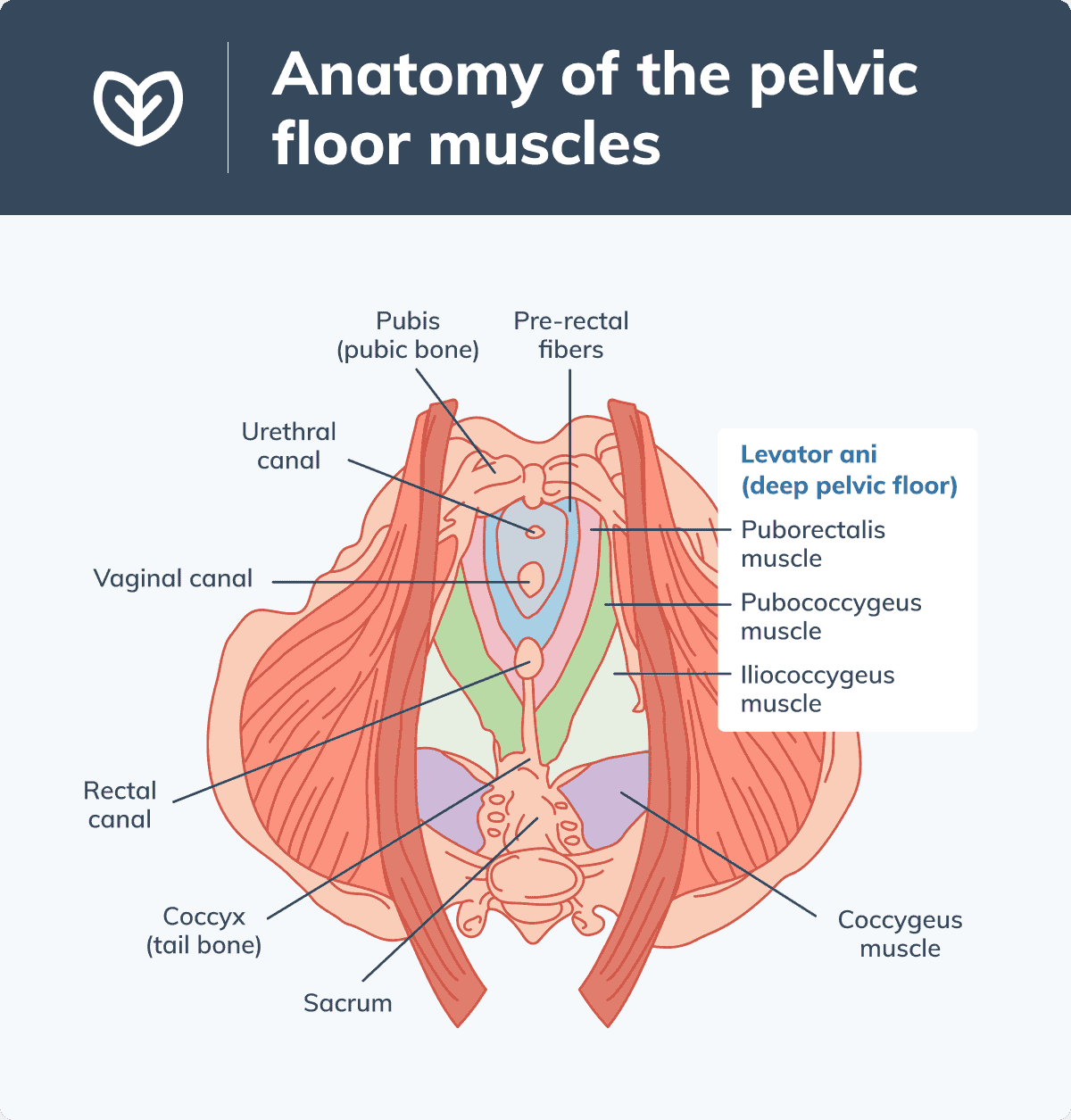Using pelvic floor therapy is an effective method for treating urinary and fecal incontinence. It involves evaluation of muscle strength and coordination, manual techniques and exercise. In addition to treating urinary and fecal incontinence, it can also help with other health problems.
Exercises
Whether you’re suffering from bladder control problems, or if you just want to improve your orgasms, you may find that the right pelvic floor exercises can help you get better. The good news is that you don’t need special equipment to do these exercises. They can be done anywhere, as long as you can focus and relax your body. You should do them at least three times a day to see the best results.
Pelvic floor exercises are also known as kegel exercises. They are a series of exercises that target the deep abdominal muscles, and help strengthen them. You can perform them standing, sitting, or lying down. Depending on your needs, you can do up to 12 repetitions of each exercise.
In addition to strengthening your pelvic floor muscles, you can also reduce your risk of incontinence. Kegel exercises should be performed three times a day, and should focus on your pelvic floor muscles. You should avoid exercising your thigh muscles, as this will only increase the risk of leakage. You should also avoid doing the exercises when you’re urinating. This can cause an incomplete emptying of your bladder, which can increase your risk of urinary tract infection.
Manual techniques
Physiotherapists and physical therapists are trained to use a variety of manual techniques for pelvic floor therapy. These techniques include massage, myofascial release, stretching, soft tissue mobilization, trigger point therapy. These techniques are often used in conjunction with other treatment methods to help reduce pain.
Pelvic floor manual therapy has been found to increase the range of motion of pelvic floor muscles and increase muscle flexibility. It has also been shown to improve muscle timing. These techniques can be done internally or externally. External techniques include skin rolling and nerve release. Externally, a vaginal dilator can be used to relax the pelvic floor.
Internal techniques for pelvic pain may include injecting anesthesia into trigger points. The therapist may also use specialized instruments to apply pressure on specific points.
Movement coordination
During pelvic floor therapy, the physical therapist combines education, manual therapy, and biofeedback to improve the function of the pelvic floor. This includes enhancing bowel control, bladder control, and coordination of pelvic muscles. In addition, they help patients recover from childbirth, surgery, or aging. Often, pediatric pelvic floor physical therapy is recommended as the first line of treatment for many pelvic disorders.
Pelvic floor dysfunction occurs when the pelvic floor muscles are not able to relax. The muscles are used to support the vagina and hold the rectum in place. When the muscles are not relaxed, it can lead to straining during bowel movements and incontinence.
Pelvic floor therapy is recommended as a treatment for incontinence and pain during ejaculation. The physical therapist may use various techniques to relax the pelvic muscles, such as anal sphincters, trigger point therapy, and skin rolling. Pelvic floor physical therapists also offer biofeedback and behavioral training.
Evaluation of muscle strength and coordination in our area
During pelvic floor therapy, there are several ways to evaluate muscle strength and coordination. The most common way is by using electrical stimulation. In addition to alleviating pain, electrical stimulation can also help to decrease urinary urges.
Another method of pelvic floor evaluation is to use biofeedback. Biofeedback involves placing a pressure sensor in the vagina to measure the contraction of the pelvic floor muscles. The information is then conveyed to the patient.
A trans-abdominal ultrasound probe is also used to evaluate pelvic floor contractions. This method is non-invasive and can be used if the patient is uncomfortable with an internal examination. The probe is placed in the vagina and the results are displayed on a computer screen.
The Laycock PERFECT assessment scheme involves a 6-point scale to evaluate pelvic muscle strength. The test involves a series of fast contractions and relaxations.
Treatment of urinary and fecal incontinence
Having to deal with urinary and fecal incontinence can be a difficult thing. Fortunately, there are treatments that can help you to improve your quality of life. Some of these treatments include physical therapy, medications and surgery.
Physical therapists can help assess your situation and help you to develop a personalized treatment plan. They can also conduct tests to identify the underlying causes of your incontinence. They can also help you to strengthen your pelvic muscles.
Pelvic floor therapy includes physical therapy, manual myofascial release and biofeedback therapy. These treatments help to strengthen the pelvic muscles and improve your anal sphincter control. These therapies are also effective in treating pelvic organ prolapse.
Pelvic floor muscle control can be tested through hands-on testing and intrarectal testing. Biofeedback measures the strength of contractions and provides an idea of how your muscles are progressing.
Get the physical therapy you need in our area!
To provide the long-term support you require, we use the most skilled and experienced healthcare professionals, adaptive exercises, evidence-based research, as well as innovative equipment. Our clinic empowers and strengthens communities. It also gives hope. If you are in our area, call us today for more information about pelvic floor physical therapy.


